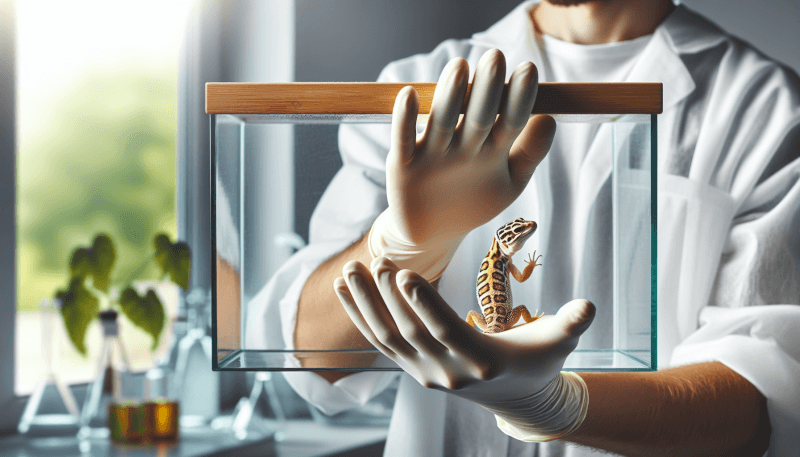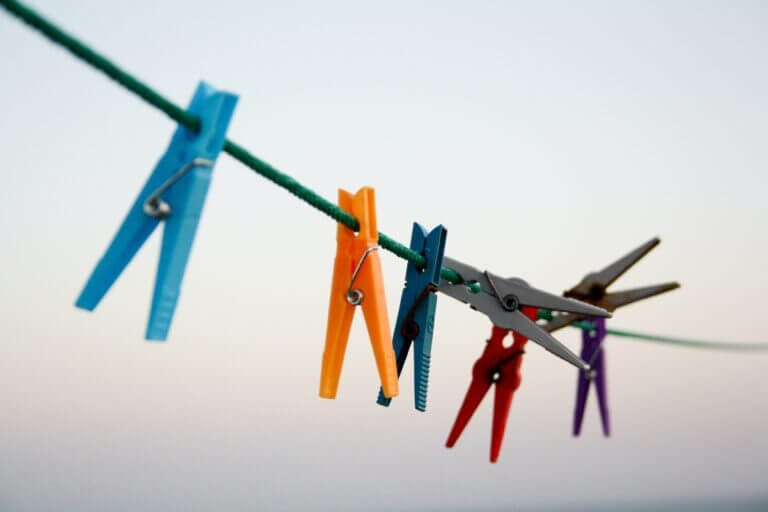Keeping your reptile’s enclosure clean is not only essential for their health and well-being, but also for maintaining a pleasant living environment for both you and your scaly friend. But with so many cleaning methods out there, which one is truly the best? In this article, we will guide you through the options and help you discover the most effective way to clean your reptile’s enclosure, ensuring a happy and healthy habitat for your reptilian companion.

Choosing the Right Cleaning Supplies
Cleaning your reptile enclosure is an important task to ensure the health and well-being of your pet. To do this effectively, it’s vital to select the right cleaning supplies. One crucial aspect is choosing the appropriate disinfectant. Reptile enclosures can harbor bacteria and other pathogens, so using a suitable disinfectant is key to maintaining a hygienic environment for your pet. Make sure to select a disinfectant that is specifically formulated for reptile enclosures to ensure effectiveness and safety.
Ready for Cat Trivia?
Test your knowledge about cats!

Another essential consideration when choosing cleaning supplies is avoiding toxic chemicals. Reptiles are sensitive creatures, and exposure to harmful chemicals can have adverse effects on their health. When selecting cleaning products, opt for those that are labeled as safe for use around reptiles. Avoid using products that contain ammonia, bleach, or other harsh chemicals that could be harmful to your pet.
Basic Cleaning Routine
Maintaining a clean reptile enclosure requires a basic cleaning routine. By following these steps, you can keep your pet’s habitat clean and healthy.
Start by gathering all the essential supplies you’ll need for cleaning. This includes gloves, cleaning cloths, a bucket, a mild detergent, and a reptile-safe disinfectant. Having these supplies readily available will make the cleaning process more efficient.
Next, remove any decorations from the enclosure. These may include rocks, branches, or other ornaments. Clean these items separately by soaking them in a solution of mild detergent and warm water. Scrub them gently to remove any debris or residue. Rinse them thoroughly and allow them to air dry before placing them back in the enclosure.
After removing the decorations, focus on cleaning the substrate. Different substrates require different cleaning methods, so be sure to follow the manufacturer’s instructions. Remove any waste or soiled areas and replace them with fresh substrate. Regularly cleaning the substrate helps prevent odors and bacterial growth.
Now it’s time to clean the enclosure walls. Use a damp cloth and a mild detergent to wipe down the walls, removing any dirt or grime. For stubborn stains or residue, you may need to gently scrub the affected areas. Avoid using abrasive cleaners or rough materials that could damage the enclosure.
Don’t forget to wash external fixtures, such as the water dish or feeding bowls. Use warm, soapy water to clean these items thoroughly. Rinse them well to remove any soap residue, as leftover soap can be harmful to your reptile. Allow the dishes and bowls to air dry before placing them back in the enclosure.
Finally, rinse the enclosure with clean, warm water to remove any remaining cleaning solutions or debris. Ensure that all surfaces are thoroughly cleaned and rinsed. After rinsing, allow the enclosure to air dry completely before reintroducing your reptile.
Deep Cleaning
While a basic cleaning routine is sufficient for regular maintenance, it’s essential to perform a deep cleaning periodically. Deep cleaning will involve a more thorough process, ensuring that all components of the enclosure are cleaned and inspected for damage.
Start by removing your reptile from the enclosure and placing it in a safe and temporary habitat. This prevents any stress or harm to your pet during the cleaning process. Be sure to provide a suitable environment for your reptile with appropriate heat and lighting.
Next, disassemble the enclosure. Remove all removable components, such as the basking area, hide boxes, or rocks. Thoroughly clean each component using warm, soapy water and a reptile-safe disinfectant. Pay close attention to any cracks or crevices where dirt or bacteria may accumulate. Rinse each component thoroughly and allow them to air dry.
While the components are drying, take the opportunity to inspect the enclosure for any signs of damage. Look for cracks, loose fittings, or any other issues that may need addressing. It’s crucial to ensure that the enclosure is structurally sound and secure before reassembling it.
Once all the components and the enclosure itself are dry, reassemble the enclosure, making sure to properly secure all parts. Avoid any loose screws or fixtures that could pose a risk to your reptile.
Preventing Mold and Bacterial Growth
Mold and bacterial growth can be harmful to reptiles, so it’s crucial to take preventative measures. By following a few precautions, you can maintain a healthy environment for your pet.
Proper humidity control is essential in preventing mold growth. Reptiles have specific humidity requirements, so it’s important to monitor and maintain the appropriate levels. Be sure to research your specific reptile species to understand their humidity needs.
Regular waste removal is another crucial aspect of preventing mold and bacterial growth. Remove any waste promptly, including feces and leftover food. Clean the enclosure regularly to ensure that bacteria do not accumulate.
When introducing new reptiles to your collection, quarantine them before integrating them with your existing pets. This reduces the risk of introducing any potential diseases or parasites to the entire population. Quarantine for at least 30 days and closely monitor the new reptile for any signs of illness.
Keeping a close eye on your reptile’s health is essential in preventing the spread of illness. Monitor for any signs of lethargy, loss of appetite, or unusual behavior. If you notice any concerning symptoms, consult with a veterinarian specializing in reptiles.
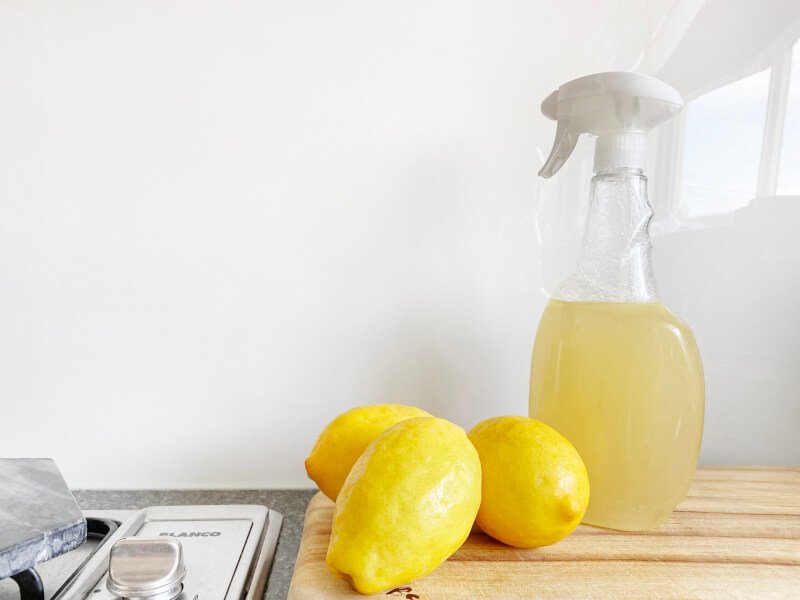
Maintaining a Healthy Environment
Maintaining a healthy environment for your reptile involves regular inspections and routine cleaning tasks. By following these practices, you can ensure the well-being of your pet.
Routine inspections are essential to identify any potential issues or hazards. Regularly check the enclosure for signs of wear, damage, or loose fittings. Inspect the heating and lighting equipment to ensure they are functioning correctly. By addressing any problems promptly, you can prevent them from escalating and affecting your reptile’s health.
Scheduled deep cleaning sessions should be part of your regular reptile care routine. Aim to perform a deep clean at least once every few months, depending on the size of the enclosure and the specific needs of your reptile. This thorough cleaning ensures that all components are properly cleaned and inspected.
Disinfecting the enclosure after an illness is crucial in preventing the spread of disease. If your reptile becomes ill, thoroughly clean and disinfect the enclosure before reintroducing your pet. This helps eliminate any remaining pathogens and ensures a clean environment for recovery.
Avoid overcrowding your reptile enclosure. Reptiles need sufficient space to thrive, and overcrowding can lead to stress, aggression, and the spread of diseases. Research the appropriate enclosure size for your specific reptile species and provide the necessary space for their well-being.
Specific Instructions for Different Enclosure Types
Cleaning reptile enclosures may vary depending on the type of enclosure you have. While the basic cleaning routine applies to most enclosures, here are some specific instructions for different types:
Glass Terrariums:
For glass terrariums, use a glass cleaner that does not contain ammonia. Avoid spraying the cleaner directly onto the glass to prevent the liquid from seeping into the enclosure. Instead, spray the cleaner onto a cloth and wipe the glass surfaces gently.
Plastic/PVC Enclosures:
Plastic or PVC enclosures can be cleaned with warm, soapy water and a soft cloth. Avoid using abrasive or harsh cleaners, as they can damage the surface. Ensure thorough rinsing to remove any soap residue.
Wooden Vivariums:
Wooden vivariums require special care to prevent damage to the wood. Use a damp cloth and a mild detergent to clean the interior surfaces. Avoid excessive moisture, as this can cause warping or rotting. Use a reptile-safe wood polish or conditioner to maintain the appearance and longevity of the wood.
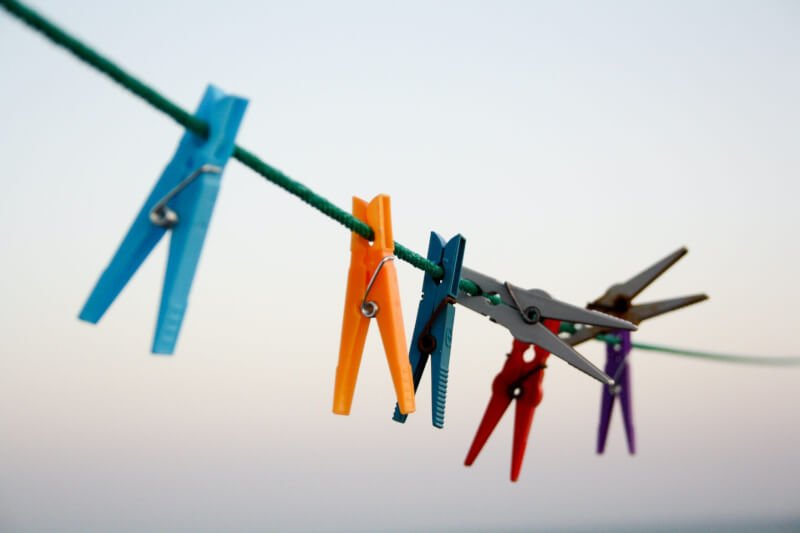
Cleaning Tips for Specific Reptile Species
Different reptile species may have specific cleaning requirements. Here are some general tips for cleaning specific aspects of reptile enclosures:
Cleaning Reptile Excrement:
Reptile excrement can be challenging to clean, especially if it sticks to surfaces. Use a gentle scrub brush or sponge to remove any dried excrement. Apply a reptile-safe disinfectant and let it sit for a few minutes before scrubbing again. Rinse thoroughly to remove any cleaning residues.
Removing Shed Skin:
When your reptile sheds its skin, it’s important to remove the shed promptly to prevent bacteria or mites from accumulating. Gently peel off any remaining shed skin and dispose of it properly. Use a damp cloth to wipe any residue or stuck shed from the enclosure surfaces.
Cleaning Enclosure Accessories:
Enclosure accessories, such as rocks or branches, can accumulate dirt and bacteria over time. Soak these items in warm, soapy water, and scrub them gently to remove any debris. Rinse thoroughly and dry before placing them back in the enclosure.
Handling Hazardous Waste
Proper handling and disposal of hazardous waste is essential for the safety of both you and your reptile. Here are some guidelines to follow:
Safe waste disposal is crucial to prevent any harm to the environment. Place all solid waste, such as feces or soiled bedding, in a sealed bag before disposing of it in the trash. Follow your local waste management regulations for the proper handling of reptile waste.
Preventing cross-contamination is vital in maintaining a hygienic environment. Avoid using the same tools or cleaning cloths for different enclosures to prevent the spread of bacteria or parasites. Clean and disinfect all tools and equipment thoroughly after each use.
Personal protective equipment (PPE) is necessary to ensure your safety during cleaning tasks. Wear gloves and, if necessary, a mask to protect yourself from any potential pathogens or irritants. Wash your hands thoroughly after handling any cleaning chemicals or waste.
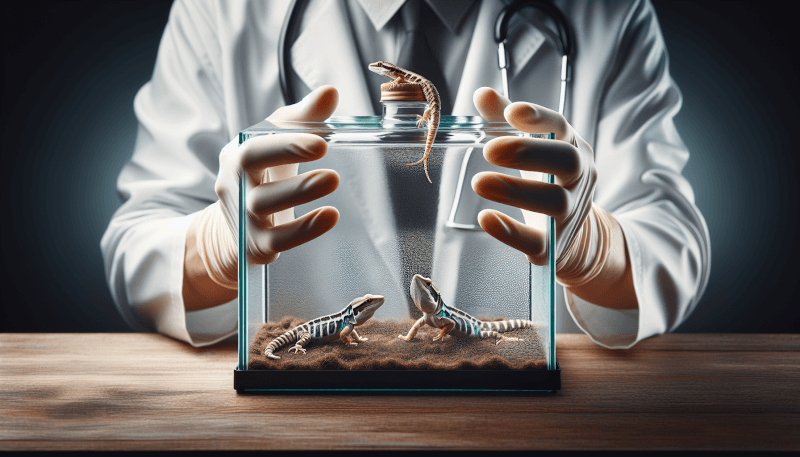
Safe Practices to Follow
While cleaning your reptile enclosure, there are some safe practices you should always follow:
Washing your hands thoroughly before and after handling your reptile enclosure is essential to minimize the risk of spreading any bacteria or pathogens. Use warm water and soap, ensuring you clean between your fingers and under your nails. Dry your hands thoroughly with a clean towel.
Avoid using harsh chemicals in your reptile enclosure. Stick to reptile-safe cleaners and disinfectants to ensure the health and safety of your pet. Harsh chemicals can be harmful to reptiles, so it’s crucial to use products specifically designed for their needs.
Proper ventilation is necessary during cleaning tasks to minimize exposure to cleaning fumes. Open windows and doors, or use fans to ensure a good airflow. This helps remove any odors or airborne particles, providing a safer environment for both you and your reptile.
Conclusion
Cleaning your reptile enclosure is an essential part of responsible pet ownership. By following the right cleaning routines and using appropriate supplies, you can create a safe and healthy environment for your reptile. Regular cleaning, proper waste management, and preventative measures are key to preventing the growth of mold, bacteria, and the spread of diseases. Remember to follow safe practices, choose suitable cleaning products, and provide routine inspections and deep cleanings. By doing so, you’ll ensure the well-being and longevity of your reptile companion.
